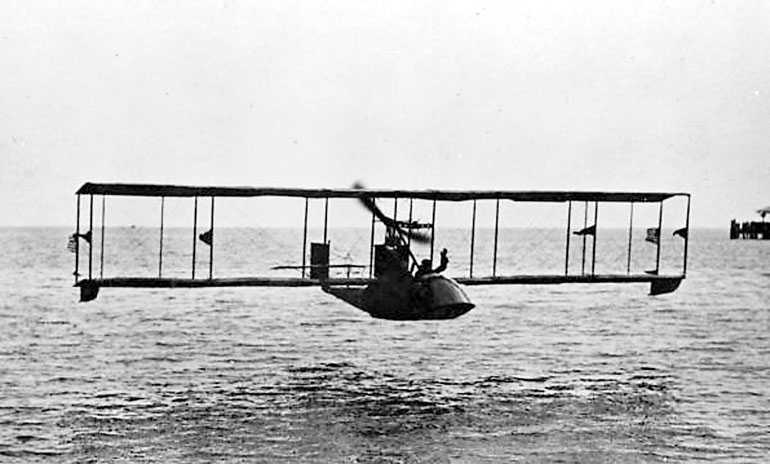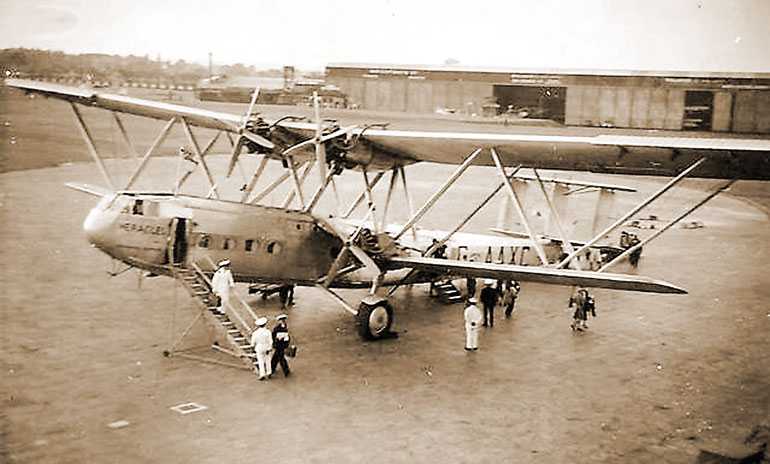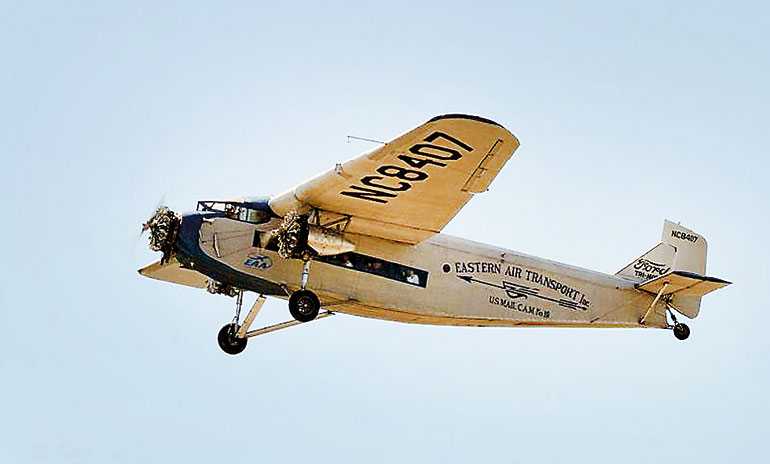Friday Apr 26, 2024
Friday Apr 26, 2024
Monday, 26 November 2018 00:00 - - {{hitsCtrl.values.hits}}

On 11 November 1918, at exactly 1100 hours European time, the Armistice that ended the “war to end all wars” came into effect. The guns fell silent after four years leaving Europe devastated. Four great empires had fallen; almost 20 million had died as a direct result of the conflict; and another 50 to 100 million perished in the Spanish flu pandemic that followed.
The human and capital cost of the war was almost incalculable. Not many positives could be found, but a rare one was in the field of aviation. When the conflict began, the aircraft of the time were frail, hand-built, individual pieces crafted by enthusiasts. By the war’s end large factories were turning out hundreds of aircraft a month, which were much faster and more capable than the early machines.
Crucially, this production capability was matched by a network of skilled maintenance personnel, who could keep the aircraft in flying condition under demanding circumstances. With accomplished aviators, who were by now able to fly in most weather conditions while navigating with a great degree of accuracy, the seeds were set for the exponential growth of a completely new field – commercial aviation.
The world of airline travel began in earnest after the Great War was over. A slew of airlines was founded, some of which still exist today. While the German Zeppelin airships have the distinction of being the first to carry passengers on a scheduled service pre-war, this is not a technology that exists today.
Using Benoit flying boats two entrepreneurs took advantage of a quirk of geography to connect the cities of Tampa and St Petersburg in Florida, which were separated by Tampa Bay. A road journey between the cities took 20 hours, the sea journey at least two hours, but the flying boats made the crossing in about 20 minutes! A perfect demonstration of how efficient air travel could be.
The St. Petersburg to Tampa flights only lasted a year or so, but not far away, in Miami Florida, a flying boat service was founded in 1919 by a WW1 veteran named Arthur “Pappy” Chalk. Flying between Florida and Bermuda, this airline, Chalk’s Flying Service, continued until 2001, when the aftermath of 9/11 forced it into bankruptcy. The Grumman Mallard flying boats that Chalk’s airline used gained worldwide exposure when one was featured in the official video of a George Michael song, “Careless Whisper” which was very popular in the 1980s.
As soon as the Great War was over, a large number of airlines were founded. Most were by the victorious Allied powers, with Britain and France in the forefront, due to their advanced aircraft manufacturing capabilities. These laid the foundations of companies that exist to this day.
Some companies that had made aircraft for the war founded Daimler Airway, Handley Page Transport and Instone Air Line. The British government merged them to form Imperial Airways, the predecessor to BOAC (British Overseas Airways Corporation) and later British Airways. In a similar exercise, The French forced the four major private airlines to form Air France.
The title of “world’s oldest airline” belongs to KLM Royal Dutch Airlines, founded in October 1919 and soon to celebrate its centenary. Holland was neutral in the Great War, but a Dutch designer Anthony Fokker was based in Germany during the war and designed some of the best aircraft of the period. The business moved to Holland in 1919 and produced excellent civilian aircraft until quite recently. However, being based in Holland, which was occupied by Germany in the Second World War, KLM had an interruption in operations from 1940-45, so does not fully qualify as the world’s “oldest continuously operating airline”.
That title goes to Avianca of Colombia (Aerovías del Continente Americano), which began as the Colombia-German Air Transport Society in December 1919 and exists to this day. Qantas Airways of Australia began in November 1920 and is also one of the pioneers that retains its original name.
Deutsche Luft Reederei, the German Air Shipping Company formed in 1919, was merged into Deutsche Luft Hansa in 1926 and re-emerged from World War 2 as the Lufthansa we know today.
Iberia of Spain and LOT Polish Airlines were both started in the late 1920s and survive to this day.
The oldest surviving US airline is Delta Air Lines, initially formed as a crop-dusting company in 1924. The legendary Pan American Airways, the first truly international airline, was founded in 1927 by Juan Trippe using flying boats, and was a trailblazer until forced into bankruptcy in 1991. Several other well-known US airlines such as Eastern, Western, Northwest, Braniff, etc were all founded in the 1920s and are now bankrupt or have merged with one of the remaining handful of giant carriers.
Southern America has several pioneering airline companies other than Avianca, with Varig of Brazil being founded in 1927 and going out of business in 2006.
In the Pacific, Japan Air Transport started flying in 1928, became Imperial Japanese Airways and is today’s Japan Airlines (JAL). Hawaiian Airlines was founded in 1929 and is still in operation.
Industrialist Henry Ford founded the world’s first cargo airline in 1925. The Ford Company also built one of the world’s first all metal aircraft the Ford Trimotor, nicknamed the “Tin Goose”, one of which is seen below in Eastern Air Transport livery.
Pix by Alex Feldstein

